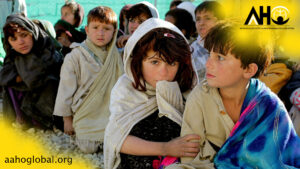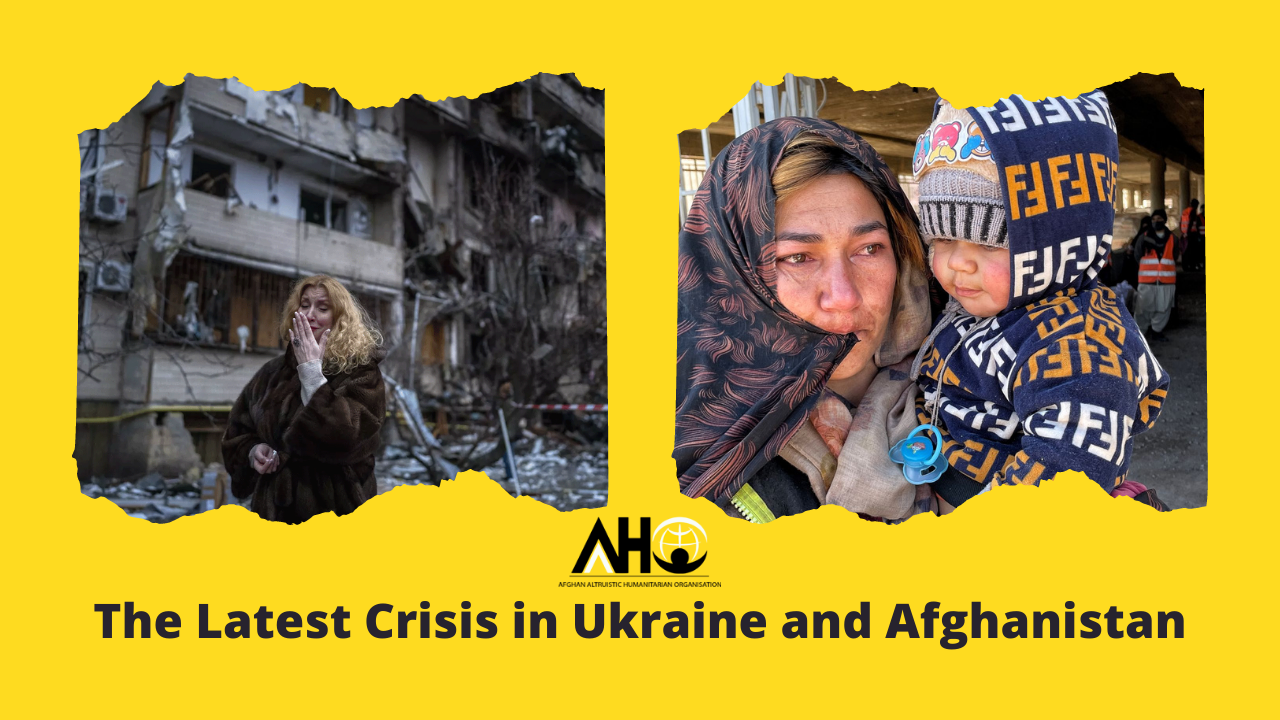The Influence of NGOs in Afghanistan
The Influence of NGOs in Afghanistan – Following the Taliban-Afghanistan crisis, the middle eastern country is left in ruins, if not destroyed.
NGOs history in Afghanistan
Non-governmental organizations have played a crucial role in the Afghan community since the USSR invasion in 1979. During the early stages of the Afghan-USSR war, humanitarian services increased, providing food, medical services, and shelter to Afghan refugees who had fled to Pakistan. Organizations started implementing cross-border programs in Afghanistan in 1980 to address the essential concerns of the citizenry, but these activities were limited to areas not under Soviet influence.
Shortly after the Soviet’s withdrawal from the country in 1988, humanitarian activities increased in the country. NGOs started working in communities formerly under Soviet control. The government of Afghanistan ratified the law, granting these organizations access to carry out activities within the country. Soon, NGOs received fundings from global organizations like the: United States Agency for International Development (USAID), World Food Program (WFP), etc.
NGOs freedom in Afghanistan declined
The freedom these NGOs enjoyed was short-lived, following the Taliban attack between 1996 and 2001. Different bills were passed into law, restricting the activities of these organizations. The Taliban soon grew insecure about the presence of these NGOs in the country; they were especially suspicious of these international organizations’ western origin. In 1998, 38 international NGOs were asked to cease working. Several other organizations withdrew as time went by.
Although several organizations remained in the country during this time, many of these NGOs relocated to Pakistan. Other organizations that remained in the country transferred their work to Afghan employees.
Intervention by the US military forces
In response, the United States military came into the picture, building systems to help the country. Due to the shortage of NGOs in Afghanistan, the United States became the major source of humanitarian services to an already impoverished society.
NGOs in Afghanistan continued to increase yearly, following the United States-led invasion. More relief materials were brought in for the Afghan people, as they lacked the necessary resources to help themselves. These charity organizations provided food, drugs, and shelter, and these materials were made available for the masses to benefit from.
Things didn’t go as planned; the Taliban resurfaced again. And for some reason, the United States had started evacuating its military from the Eastern country.
Soon enough, the country nosedived economically just after the Taliban’s resurgence. Afghanistan became one of the most volatile nations in the world for humanitarians to live in and work. Making it scary for people and organizations to come over to help.
Still trying to find her feet from the ills suffered during the Covid-19, the country added yet another pain to her back. Food scarcity went up the chart, the Covid cases, amidst all other health challenges, were ever-increasing, the homeless remained homeless, and NGOs were still in need of funds. Charity organizations began to close down for lack of funding, as well as for security reasons. Things did go further South.
NGOs’ future in Afghanistan

It’s sad to say that Afghanistan may experience intense poverty in the years to come if aid and relief do not come. And one of the major sources of these aid and relief materials comes from NGOs – both international and local, charity organizations, and help from Afghans in the diaspora. There is no news that the Afghan economy is suffering greatly, making it unrealistic to seek help within its walls.
What can NGOs and Humanitarian services do to help?
The call for aids toward affected Afghan citizens is on the rise. News is everywhere and about. The need for provisional services such as:
- Medicare,
- School materials, and
- Humanitarian services must prioritize food.
Conclusion
Unrelenting efforts from NGOs and humanitarian services toward Afghans will help find them footstool in an almost declining socio-economic crisis.
Revamping the current situation in Afghanistan might look impossible initially, but with time it will, because the brighter side of life trumps the darkest, even in an evident economic, social, and human-rights pitfall. Afghans will survive strongly.
No hope is lost yet. The lives and families of Afghans in Afghanistan must be thoroughly considered. Every life counts, and as such, prioritizing the safeguarding of these lives mustn’t be swept under the rug. Or given less attention. NGOs must act now — and fast.
Read Also: Poverty in Afghanistan: All You Need to Know




